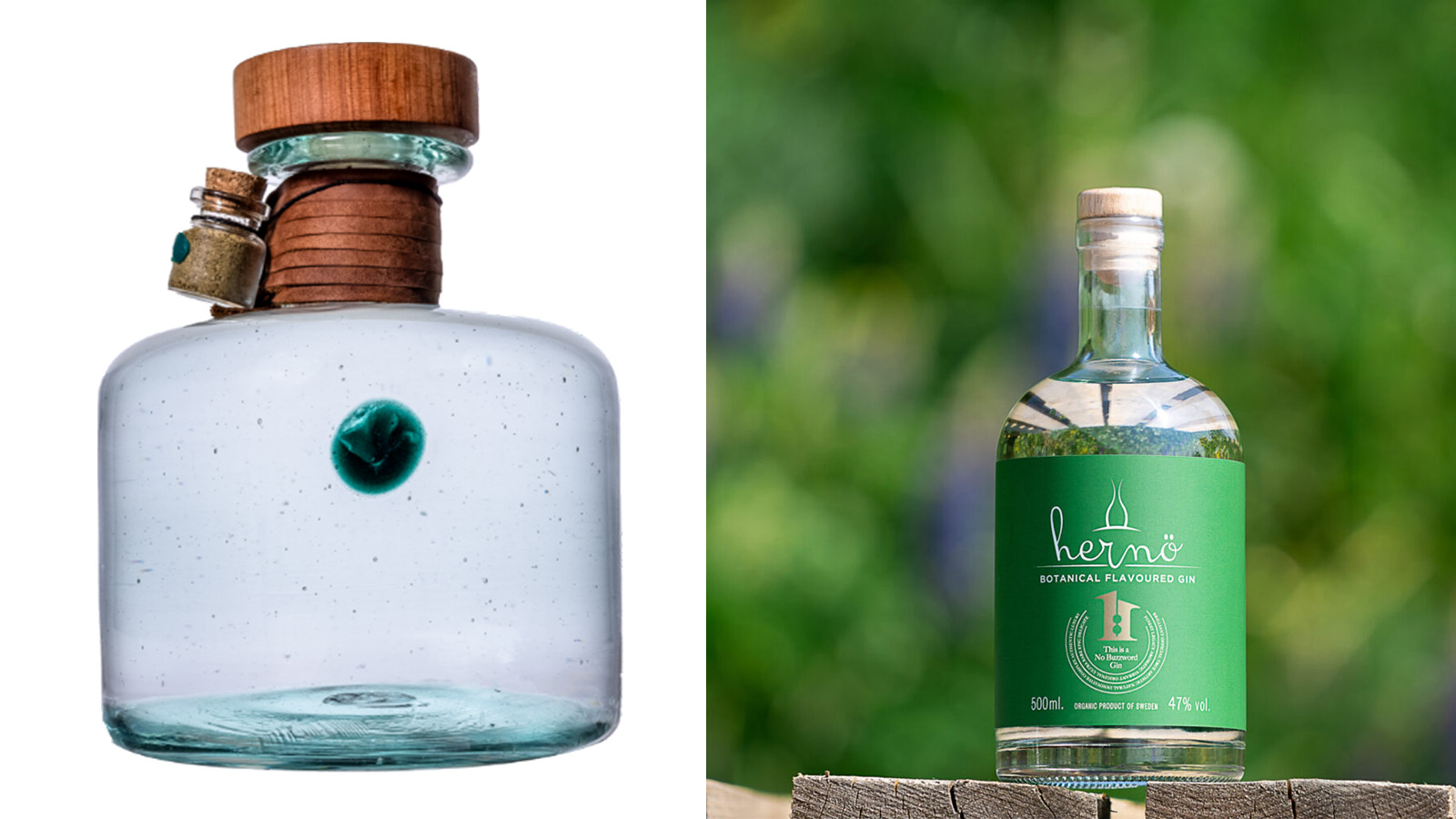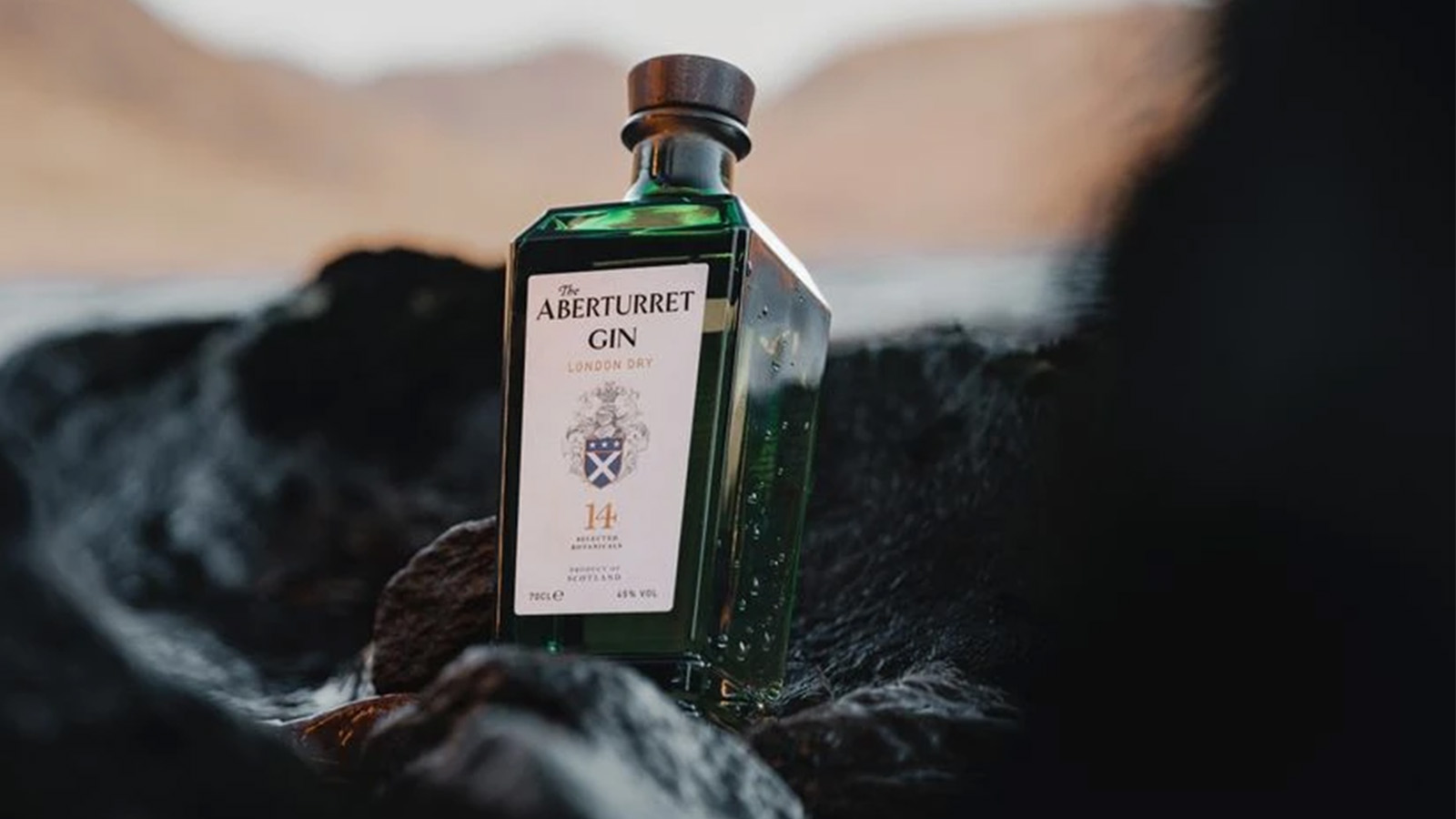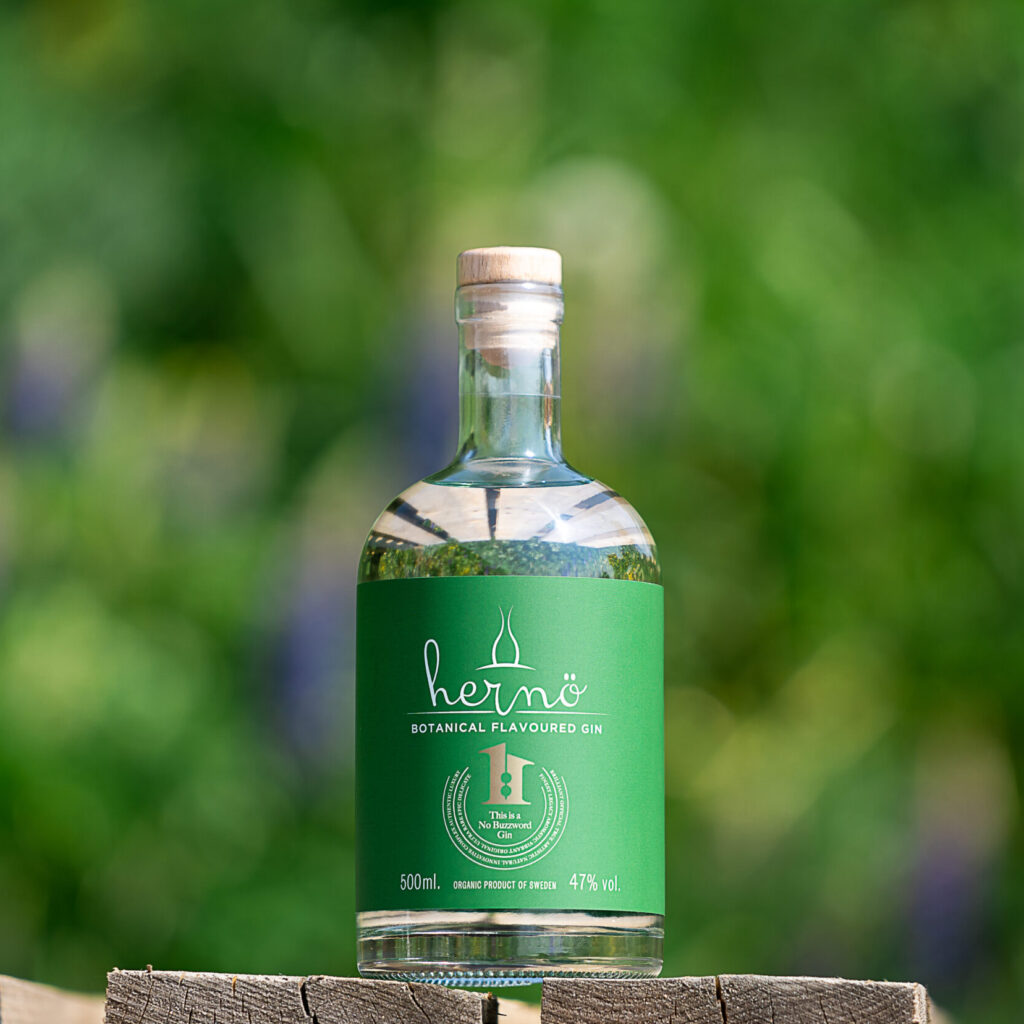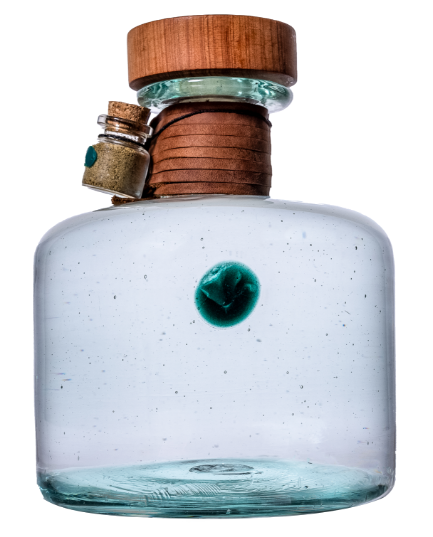
There’s no denying it, gin exploded on a global level roughly five years ago, as we welcomed in the new Roaring Twenties. Gin, with its beautifully balanced, simple botanical backbone gave us a new-found fondness for classic drinks of the original, hedonistic, cocktail-fuelled era: the Martini, with its elegant, romantic herbaceous splendour; the Negroni, full of dry, mysterious complexity, and of course, let’s not forget, the G&T. Once a perfunctory serve, with a cube of ice and a slice of citrus, with little care or attention to detail, the G&T is redesigned as the ultimate vehicle to show off a gin’s broad botanical appeal.
Gins from all corners of the world emerged with their national credentials and botanical terroir on full display. Alongside this, we witnessed a localisation of the spirit in the UK: each county (and in some cases, city) proudly distilling its own gin, to the delight of the local residents, while some distilleries also offered fine dining. (Scotland’s The Glenturret whisky distillery has recently released its first gin, featured below, named after its ‘brand home’ Aberturret Estate House, and opened The Glenturret restaurant in 2021 with luxury glassmaker Lalique.)
Fast forward to today and I’ll be totally frank with you: its seems as if the gin craze has dimmed slightly. A plethora of unusual, densely packed botanical recipes, post-distillation fruit flavourings (for infused gin), and other more commercial factors have meant that our love of gin in its purist sense has become somewhat lost.
Couple this with a rise in popularity for tequila, rum and – for the first time in years – vodka, and the lustrous shine has begun to slip away from gin, alongside its global sales foothold. According to the Food & Drink Federation, gin exports fell by 12.4 per cent in volume during 2023, hinting at a cooling in enthusiasm for the spirit.
However, according to some forecasters, the sector for premium gins is predicted to grow substantially over the next six to seven years – as much as 10 per cent year-on-year by some estimates. This begs the question: what qualifies as a premium gin?
Premium gin to discover
The unusual, the elegant, and the celebrity element

Whereas a few years ago, it would be virtually unheard of to see a gin retailing for over £35, today, looking at the gin listings of The Whisky Exchange, arguably the UK’s biggest purveyor of quality spirits, and you’ll no longer find this a surprising benchmark. Innovative top-end craft brands such as Cambridge gin have pioneered the ultra-premium gin space by using unusual and unconventional ingredients in their recipes, such as ants (yes, you did read that correctly), and truffle. An ant-infused gin will set you back a cool £232, whilst the elegant, subtle truffle flavouring will cost you £84.
Elsewhere, gin is not without its celebrity admirers, who have, in turn, decided to become distillers. Renais gin is the brainchild of actress Emma Watson and her brother Alex, with the concept coming from the Watson family’s long history in the Burgundy region of France. The spirit for the gin is created from what they describe as ‘upcycled grape skins from the winemaking process’, including some from the family’s own vineyards; these sit alongside Kimmeridgian (a type of limestone), lemon peel, juniper and coriander seeds, which are finally blended with Chardonnay grape juice to give the finished gin a slightly golden colour. A limited-edition bottle, designed, painted and inscribed by Emma Watson costs £60.
Renais gin from £48, renais.co.uk
A symbiosis of gin and whisky

In Scotland, you’ll obviously find plenty of classic whisky brands to tantalise and delight the palate, but one distiller has endeavoured to fuse the traditions of both its national spirit and gin firmly together. The Aberturret is a new gin created by the Glenturret distillery in Crieff, which is also home to a two Michelin-starred restaurant from the highly acclaimed Mark Donaldson. The chef has brought his culinary prowess into the realm of gin-making by helping shape the botanical choices, including locally sourced sumac and chamomile flowers, as well as pine needles for additional aromatic qualities. However, the most unusual addition comes from a small proportion of new-make whisky spirit, which brings a distinctly malty note and richer mouthfeel. For additional pizazz, the bottle was designed by luxury glass maker, Lalique.
The Aberturret Gin, £45, theaberturretgin.com
Small-batch, craft, precision: still watchwords in gin

Down in the leafy, picturesque surrounds of the Cotswolds, a mini revolution in distillation has been quietly occurring, in a building no bigger than a moderately sized garden shed. Capreolus Distillery’s mastermind is Barney Wilczak, a man on a mission to highlight the wonders of distilling Britain’s heritage fruit into eaux-de-vie. Damsons, quince, blackberries, apples and pears are all sourced as locally as possible by Wilczak and turned into exquisite spirits, packed with freshness and flavour. He’s also turned his hand to making a sensational 34-botanical Garden Swift gin, which brings together organic blood orange, flowers, spices, berries, pine and resins, alongside a healthy heart of juniper.
Garden Swift gin, £45, capreolusdistillery.co.uk
Over on the Cornish coast, you’ll find another in the latest batch of premium craft distillers. The Padstow Distilling Co may not yet be as well known as the town’s most famous culinary resident, Rick Stein, but its gin, described as a ‘plough-to-bottle spirit, with a taste of Padstow in every sip’ is certainly gaining a firm reputation, combining spirit made from locally grown Cornish barley, juniper, citrus, bay and the stems of alexander: a plant foraged locally: a simple yet wonderfully elegant recipe indeed.
Padstow Gin, from £48, padstowdistilling.co.uk
Let’s keep it simple

Speaking of simplicity, one current trend in premium gin is to bring the spirit back to being as close to its core botanical – juniper – as possible: something which goes back to the very roots of gin, some 400 years ago. One such exponent is Sweden’s Hernö, whose master distiller Jon Hillgren (one of the most highly decorated gin distillers in the world) has created a recipe combining just two botanicals: juniper and coriander seeds. This ‘noise-cancelling, no buzzword gin’, as Hillgren calls it, may sound uninspired, but one sip and you’re transported firmly back to why everyone got excited about gin in the first place: the pungent, aromatic oiliness of pure juniper goodness. The result is a timeless – and yet very timely – addition to the premium gin category, and a reminder that sometimes, if it ain’t broke, don’t fix it.
Hernö Botanical Flavoured Gin, £42. Info at hernogin.com, available to buy from systembolaget.se

Staying on the same simplicity tip, Nairobi’s Procera has upped the ante in terms of juniper-led ultra-premium gin with the launch of its Green Dot vintage, a limited-batch gin made using the 2022 harvest of the lesser-known Procera variety of juniper, which only grows in Kenya and Ethiopia. Bold, oily and distinctly herbal, it’s a fine example of showcasing why juniper should always be the true jewel in the gin crown.







